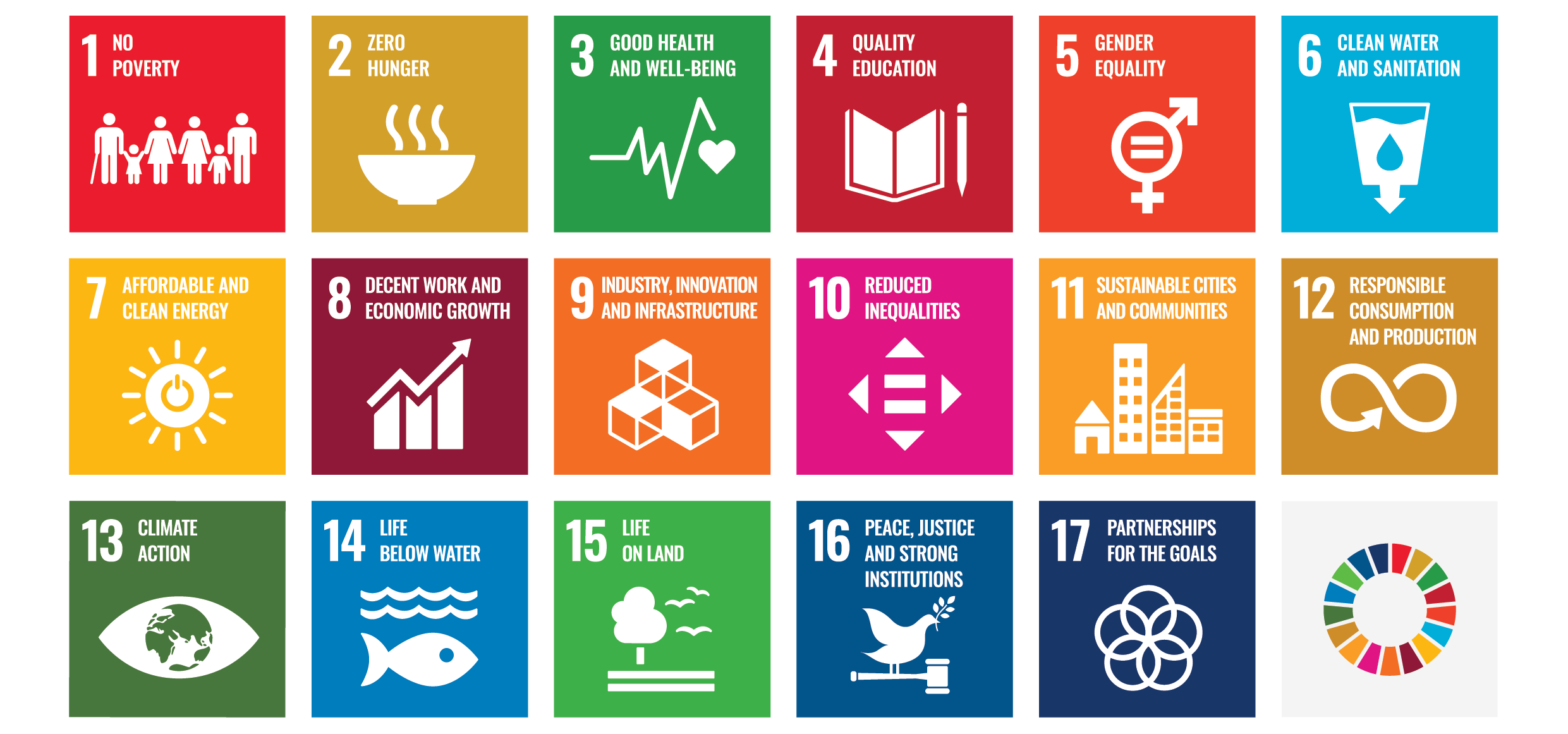2024 CapShift Impact Report
Between July 1, 2023 and June 30, 2024, CapShift’s clients have:1
Shifted $310.6 million
into catalytic, mission driven public and private funds and nonprofit organizations
Funded 50+
public, private, and nonprofit impact funds and organizations working to tackle entrenched problems through our network

For CapShift clients this past year marks a profound shift—a change from responding to emergencies to proactively crafting impactful programs that are incorporated across teams and available to a larger number of families.
The result: this year our clients have moved nearly as much money for impact as they had cumulatively over our history.
The top impact themes supported by CapShift’s clients this year included:2
60%
Food and Agriculture
24%
Climate Solutions
8%
Financial Services
4%
Housing
Geographies supported by private investments and recoverable grant allocations3
- 60% flowed to funds and organizations supporting communities across the U.S.
- 40% flowed to funds and organizations working globally

Organizations addressing all 17 of the U.N. Sustainable Development Goals received funding4

The organizations that CapShift’s clients have supported are working every day to improve lives and protect the planet. In 2023, these organizations have:5

Provided more than 125 million loans to individuals, including 9.5 million loans to female borrowers, 8.7 million to rural borrowers, 3 million to low-income borrowers

Created more than 90,000 jobs and internships

Extended 70,000 loans to small and medium enterprises led or managed by people of color

Reached more than 55 million individuals via educational initiatives, including 2 million children
Explore impact in action
Endnotes
1: Source: CapShift internal data from July 1, 2023 to June 30, 2024.
2: Source: CapShift. Impact Sector Data represents the amount of money moved directly into impact focused private and recoverable grant opportunities from 7/1/23 to 6/30/24. Impact sector categorization as assigned by CapShift. Excludes all public investments and private investments supported indirectly. Self-reported or CapShift ascribed classification refers to primary impact sector only, excluding Broad Impact and opportunities may operate across multiple impact sectors.
3: Source: CapShift. Geography data represents the amount of money moved directly into impact focused private and recoverable grant opportunities from 7/1/23 to 6/30/24. Geography categorization as assigned by CapShift. Excludes all public investments and private investments supported indirectly.
4: Source: CapShift. Sustainable Development Goal (SDG) data represents organizations supported from 7/1/23 to 6/30/24. SDG categorization:each opportunity corresponds to its top 3 SDGs either self-reported or CapShift ascribed based on review and comparable opportunities. Excludes all public investments.
5: Information self-reported by select investment and recoverable grant recipients as of the fiscal year ending either June 30, 2023 or December 31, 2023. Compiled by CapShift.
Disclosures
This report highlights the self-reported impact of CapShift LLC and CapShift Advisors, the two entities are referred to as CapShift throughout the report. CapShift gathered self-reported data from a select group of funds, nonprofits and social enterprises that received investment or grant capital directly or indirectly from work CapShift performed or influenced. The data CapShift is reporting has not been audited or reviewed by a third-party.
This report does not constitute an offer to sell or a solicitation of an offer to purchase any security. Any such offer or solicitation would only be made pursuant to an offering memorandum or prospectus. All investments entail a high degree of risk and no assurance can be given that the investment objective will be achieved or that investors will receive a return of their capital. Any investment opportunities highlighted in this report are presented for illustrative purposes only. Opportunities may not be suitable for all investors due to differences in risk tolerance, investor status, and investment time horizons, amongst other factors. Additionally, investments may not achieve stated social, environmental, or similar objectives.









